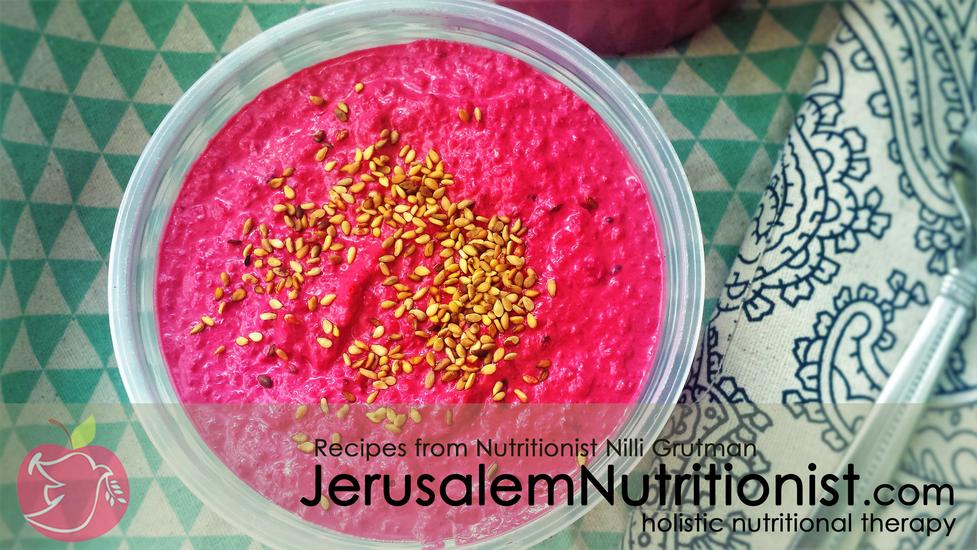To Soy Or Not To Soy
The whole soy story

I am about to say something BIG about soy. Are you ready? Are you sitting down? Here it goes…
Soy was NEVER meant for human consumption! And you should really AVOID it at all costs!!!
You may be thinking:
“But soy is so popular…”
“The Chinese and Japanese eat it, and they seem to be doing okay, great even!?”
“Haven’t people been eating soy for thousands of years…?!”
BREAKING NEWS: Soy has actually never been a nutritional food staple in Asian history or any history for that matter. Soy’s culinary and nutritional use has only been a recent trend. Throughout history, soybeans were only consumed by the poor during times of famine. And even then, soybeans were prepared in such a way that the inherent soy toxins found within the soybean were neutralized.
The initial purpose and use of the soy plant was to replenish farm land with nitrogen during times of crop rotations. After years of farming, land needs to be replenished so that it can be used for further harvesting and plant growth. A crop rotator plant such as soy, feeds nitrogen and other elements back into the land, thereby replenishing its harvesting potential. Although the soy plant has been used for thousands of years, it was not for the sake of consumption, but rather farming and agriculture.
Unfortunately, it has become commonplace to regularly consume large amounts of soy products such as tofu, soy milk, soybean oil, etc, within the last three decades. Most soy products are only minimally consumed in Asian countries; a tablespoon or two of soy is simply used as a condiment; no more, no less, if even used at all…
SO WHEN DID WE START USING SOY: Soybeans did not serve as any form of food until the advent of the Chow Dynasty. During this period, fermentation techniques brought us some of the soy edibles we see today, such as tempeh, soy sauce, and natto. In the second century B.C., the Chinese discovered that a porridge of cooked soybeans could be precipitated with calcium sulphate or magnesium sulphate (Plaster of Paris or Epsom salts) to make tofu.
However, the Chinese would only eat soy in a fermented manner as that would allow for the minimization of the soybean’s inherently toxic properties. First among these toxins are isohemagglutinins, a clot promoting substance that makes red blood cells clump together.
Soy is rich in enzyme inhibitors that block the action of enzymes required to digest proteins. These enzyme inhibitors are found both in raw soy and cooked soy. They can cause gastric distress and chronic deficiencies in amino acid (protein) uptake. Additionally, these inhibitors as well as another soy chemical called hemagglutinin are scientifically proven to inhibit necessary growth. In such studies weaning rats fed these compounds were unable to thrive. Which should make you wonder how safe soy baby formulas are…
Soy contains goitrogens, plant chemicals that inhibit thyroid function. Goitrogens can have a significant impact on the thyroid’s ability to regulate the metabolism, temperature control, hormone levels, sleep cycle, and energy levels.
Soy is also rich in phytic acid, a chemical that blocks the uptake of essential minerals, such as iron and zinc. Soy has the highest phytate levels of all the grains and legumes. These phytates are found both in raw soy and cooked soy. Thus regular consumption of soy can perpetuate severe mineral deficiencies and can promote fatigue and exhaustion.
So why are we eating soy?!
The marketing push for more soy products has been relentless and global. Soy protein is now found in a majority of supermarket breads and other baked goods. Additionally most salad dressing and other normally consumed packaged foods have soybean oil listed as one of the first 5-10 ingredients…
Why such a push for soy in the markets today?
You can blame the dairy and meat industry for this food injustice.
Soy and corn are currently the number one crops used for cattle and livestock feed. And since the livestock industry is heavily subsidized by most “nutritiously” and “ethically” conscious governments, soy has become one of the cheapest crops to grow. Thus cheaper materials combined with an unaware market equals greater business gains.
To soy or not to soy? That is the question.
And the answer is: NOT TO SOY
